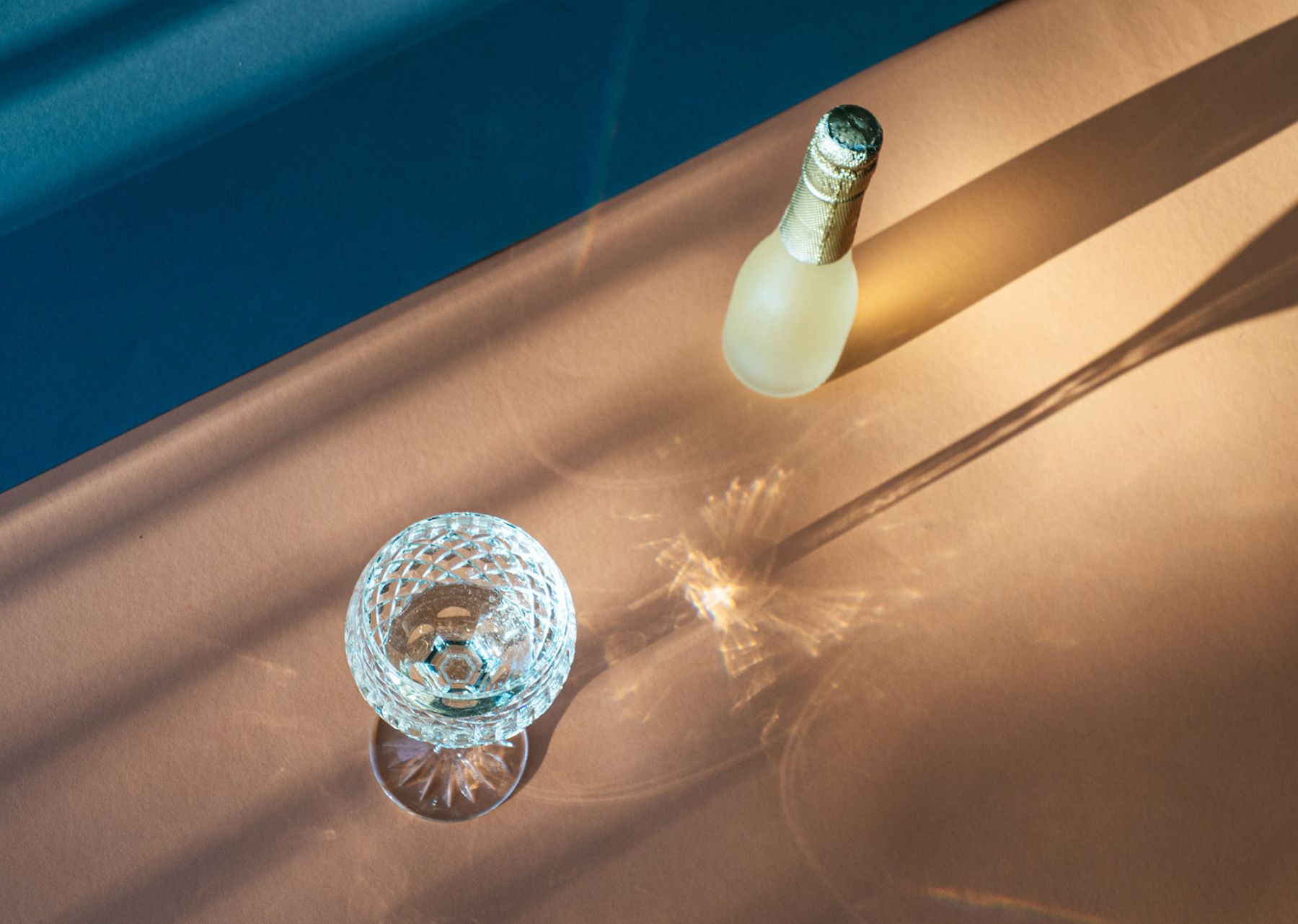Featuring 60 key champagnes to try and a wealth of wine-related information, the digital handbook is a must-read for those who love the fizz
Since joining Tatler Asia as wine editor, I’ve wanted to create longer-form content embodying the energetic evolution I see in Asia’s wine scene. Champagne’s rise as both a food wine and collectible—particularly among younger and female collectors—made it the clear first choice.
Our guide would have been substantially shorter had it not been for Champagne’s explosion of diversity, initiated by grower estates with small-production, site-specific wines and being furthered by houses and cooperatives recognising the thirst for wines of ever greater specificity.
Exploring champagne is like discovering wine all over again. There are soulful “reds” (saignée rosés), racy “whites” (blanc de blancs) and a million nuanced shades between: brooding pinot noir blanc de noirs; nervous, peppery meuniers. There are the sub-regions: chalkier zones like the chardonnay-focused Côte des Blancs and pinot-focused Montagne de Reims; or the clay and sandy, meunier-friendly Vallée de la Marne (itself quite diverse); up-and-coming sub-zones like the Côte de Sézanne (the CdB’s little sibling) or the Coteaux Sud d’Épernay, plus already up-and-came pinot-loving Côte des Bar (aka Aube), home to many prominent growers.
There are also nuances and trends in winemaking, above all lees ageing (ever longer) and dosage (ever less); yes/no malolactic fermentation (to make the acid feel creamier), whether/how oak is used (adding toasty nuances); how much/which reserve wine for non-vintage blends (for complexity and depth).
Champagne—if it ever was—is not monolithic and finding the right champagne for any occasion is now easier and more enjoyable than ever.
SEE THE GUIDE

How It Works
Our champagne guide can be filtered and organised based not on price but occasion:
· Collectible: rare bottles for extended cellaring
· Celebratory: for gifting or special occasions
· Culinary: particularly well suited to food
I’m especially excited by “culinary,” marking Asia’s potential to be the first region where champagne is truly embraced as a food wine. The nuanced, complex cuisines that span our continent seem especially suited to palate-refreshing but equally nuanced champagne, a subject I explore with friends from across the region.
Meanwhile, Champagne’s collectibles used to be limited to five major houses but recently challengers have arisen with tiny production, hand-crafted cuvées that are more Burgundian than Bordelais. Asia’s champagne enthusiasts have undoubtedly helped valorise these gems.
A final, lesser-known reason why I felt this was Champagne’s moment is its role in fighting climate change. Not only does it have the commercial heft to effect real change (245 million bottles in 2020, ~€4.2 billion in value) but also the most to lose as our climate grows warmer and more chaotic. To discuss champagne’s future, I’ve enlisted two experts, Peter Liem and Essi Avellan MW.
How We Did It
· This Guide accompanies Tatler Dining’s popular F&B campaign, United We Dine; 2021’s edition is “A Toast to Hong Kong,” focused on champagne, and wines are included from UWD partner brands, who have created champagne pairing menus at top local restaurants for the month of November.
· Most wines were chosen from samples donated by 30+ local importers (170+ bottles) of wines currently available from these agents (leading to some heart-breaking exclusions: Egly-Ouriet, Jacques Selosse + Salon 2012, which didn’t arrive in time).
· For each listing, along with technical details, I’ve shared bite-sized stories about the wines and producers, tried to break down how the wine actually tastes—its overall “shape,” intensity level, key aromas and textures—and the context it fits into: occasions, meals, or even the types of people you might give it as a gift.
Over the coming year I hope you’ll take the opportunity to try these wines—perhaps even 1-2 a week—building your awareness of the many styles of champagne and an enthusiasm for them that matches my own.
LAUNCH THE GUIDE
An enormous thank you to the following suppliers:
Altaya Wines, ASC Fine Wines, Avize Wine Cellar, Champagne Asia, Connoisseur Wines and Spirits, Continental Wines, Cuvées, China Wines & Spirits, Deco Wines, EMW Wines, Enoteca, Fine Vintage, Ginsberg + Chan Wine Merchants Asia, Golden Gate Wines, House of Connoisseur, Jebsen Fine Wines, Kedington Wines, Kerry Wines, L’Imperatrice, La Cabane à Vin, Links Concept, Moët Hennessy Diageo Hong Kong, Omtis Fine Wines, One Red Dot Fine Wines, Ponti Wine Cellars, La Souveraine Fine Wine, Summergate Fine Wines & Spirits, Telford Wine, The Fine Wine Experience, The Wine House, Vero Concept and Watson’s Wine
